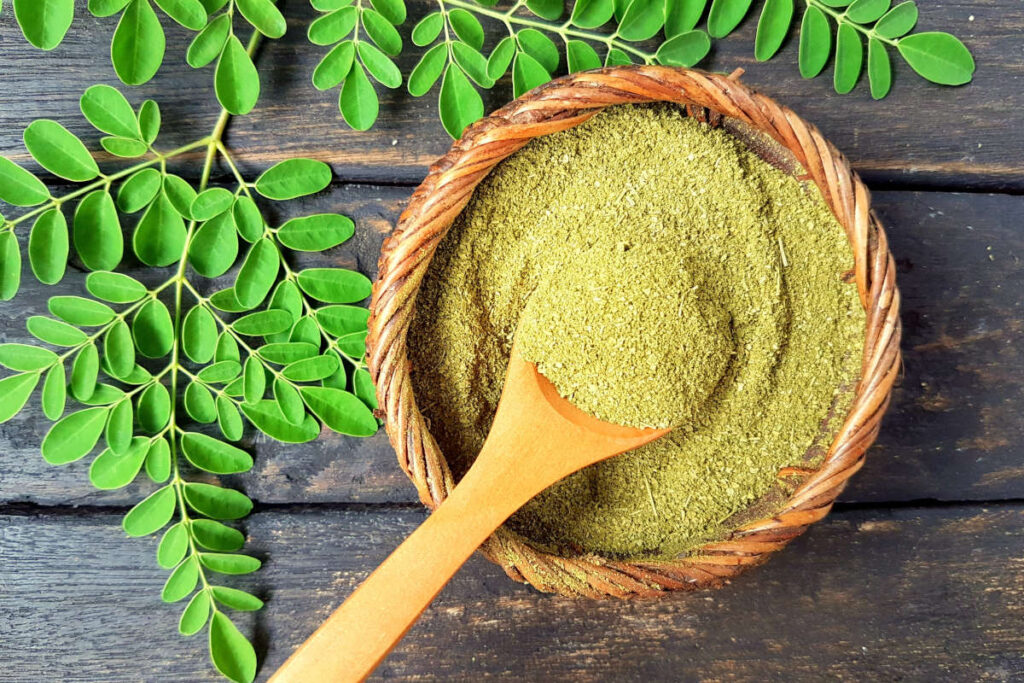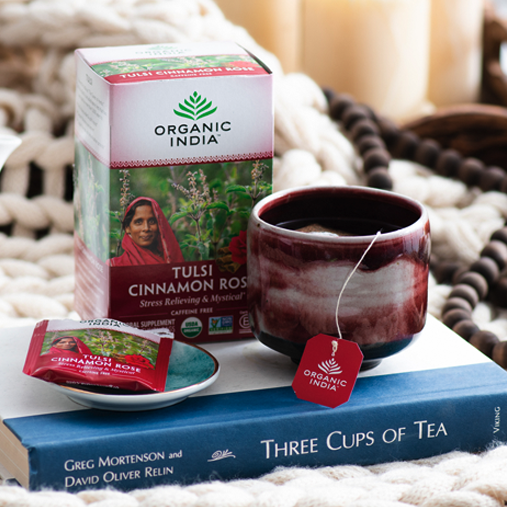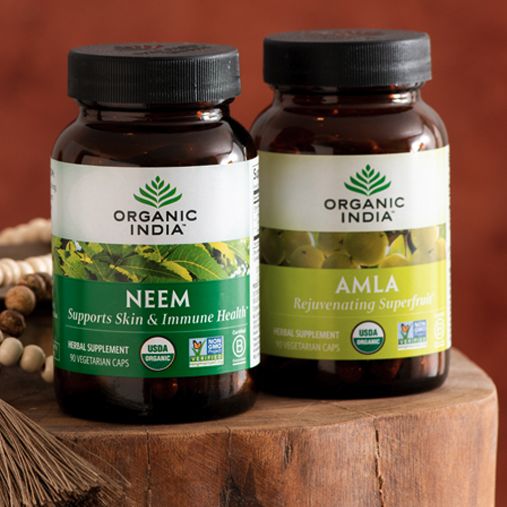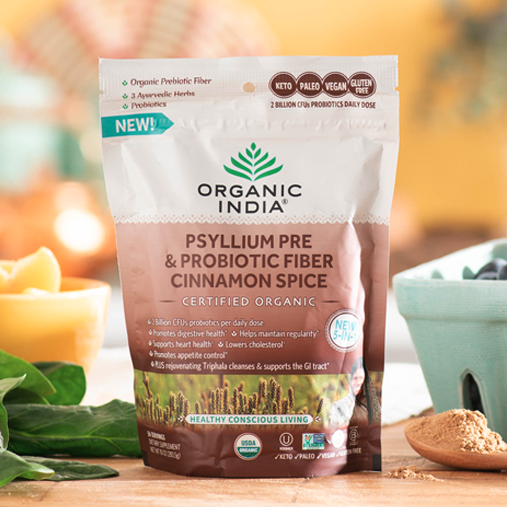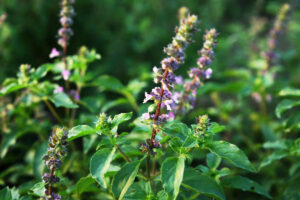Health news is full of talk about trending “superfoods” such as blueberries, salmon, and dark, leafy greens. These foods are defined as “nutrient-rich foods considered to be especially beneficial for health and well-being.”* “Official” superfoods lists includes those items, as well as broccoli, avocado, olive oil, and nuts, depending on the source, but India has long been home to some Ayurvedic superfoods that are still under the radar in the West.
Used in India for millennia, Ayurvedic superfoods are grown wild in forests, or cultivated by farmers. Of particular note are Cinnamon, Amla, and Moringa, all of which have been part of the Indian diet for centuries. Read on to learn about these nutrient-dense foods.
1. Ceylon Cinnamon
Ceylon Cinnamon, also known as “true” cinnamon is an Ayurvedic superfood loaded with polyphenol antioxidants. One study confirmed that as far as antioxidant activity goes, Cinnamon outranked garlic and oregano. Cinnamon also has anti-inflammatory characteristics, and may help the body fight infection.
Another study showed that half a teaspoon of Cinnamon per day can reduce “bad” cholesterol, but at the same time supports good cholesterol levels. For those with diabetes, Cinnamon may improve insulin sensitivity and reduce insulin resistance, which in turn leads to lower blood sugar levels.
Patients with Alzheimer’s and Parkinson’s diseases have shown a buildup of a specific protein, “tau,” in the brain. While human research is scant on the topic, in a study on mice, Cinnamon showed neuroprotective properties, helping to protect from damage caused by the tau protein.
Ceylon Cinnamon Recipes

2. Amla, or Amalaki
Also known as Indian Gooseberry, Amla is a rich source of Vitamin C and iron — a 100-gram serving of Amla contains as much Vitamin C as 20 oranges. Records show that Amla has been used as a medicinal plant in India for more than 1,000 years. Amla is rich in flavonols, chemicals associated with improved memory and cognitive function. Because of its high antioxidant content, Amla is a favorite with Ayurvedic practitioners for improving hair and skin condition. This fruit is also known to support food absorption and balance digestion — it is an ingredient in the classical Ayurvedic Triphala formula for this reason.
Rich in Vitamin A, Amla supports eye health, and is used as an eye wash in India. One article states that Amla is used alone, or in combination with other herbs, to treat a range of diseases including colds and fever and stomach ulcers, and support healthy liver and digestive function.
One study on dyslipidemia, or the unhealthy levels of lipid fats in the blood we call cholesterol and triglycerides, showed a significant lowering of these fats in 98 patients after taking 500 mg of Amla for 12 weeks. The study states that “a single agent to reduce cholesterol and triglycerides is rare.”
Amla Recipes:

3. Moringa
Known as a multi-vitamin in plant form, Moringa, also called “the Drumstick Tree” in India, is one of the most potent Ayurvedic superfoods on the planet. It’s a nutrient-dense source of vitamins and minerals, containing vitamins B6, C, B2, and A. Twenty-one grams of Moringa contains 2 grams of protein and 8 percent of the recommended daily allowance of Magnesium. Because of its nutritional value, Moringa is being considered as a food source in developing countries where diets lack vitamins, minerals and protein.
Moringa is also valued for its ability to balance blood sugar, and may play a role in cardiovascular health. The antioxidant plant compounds quercetin and chlorogenic acid may help lower blood pressure and balance blood sugar after meals. Animal and human studies also show that Moringa can play a role in reducing cholesterol. Preliminary research shows that Moringa consumption may protect against liver damage.
There are a number of ways to get these superfoods into your diet by adding them to your daily smoothie, in the form of supplements, or in recipes. Below are some ideas for getting them in your favorite foods
Moringa:
